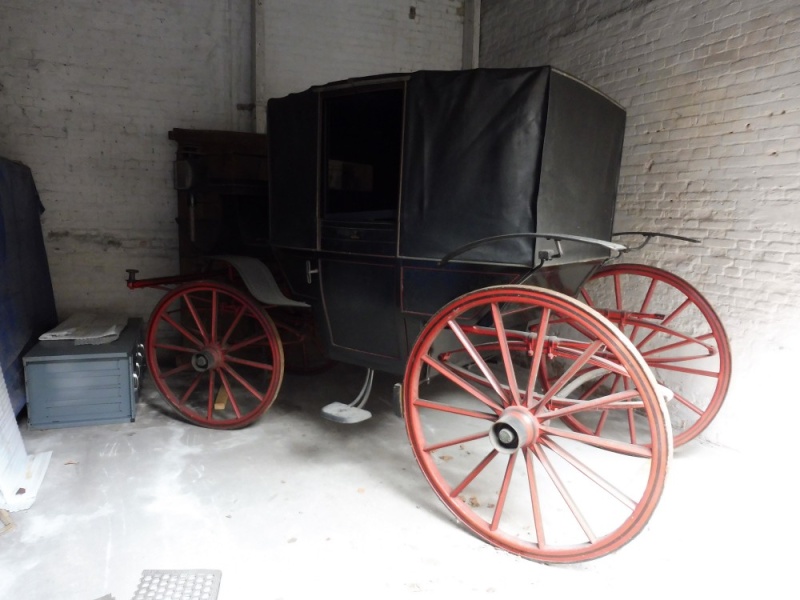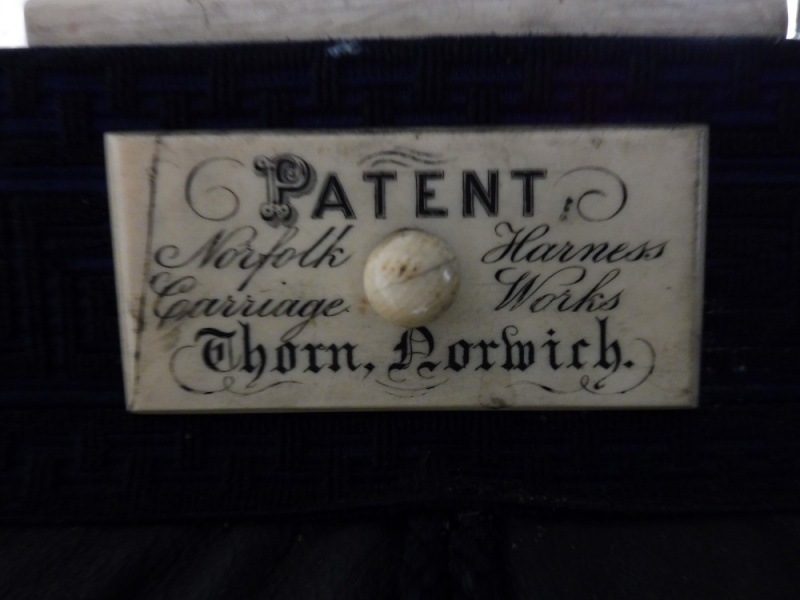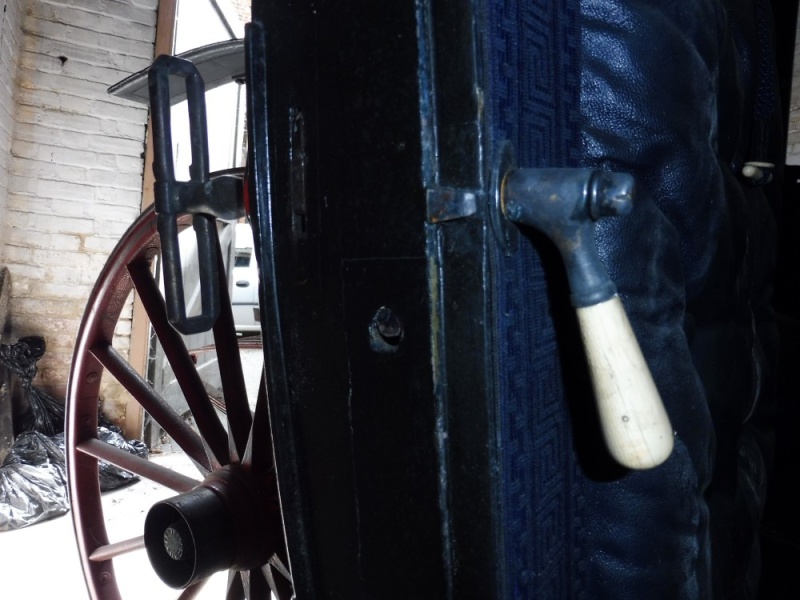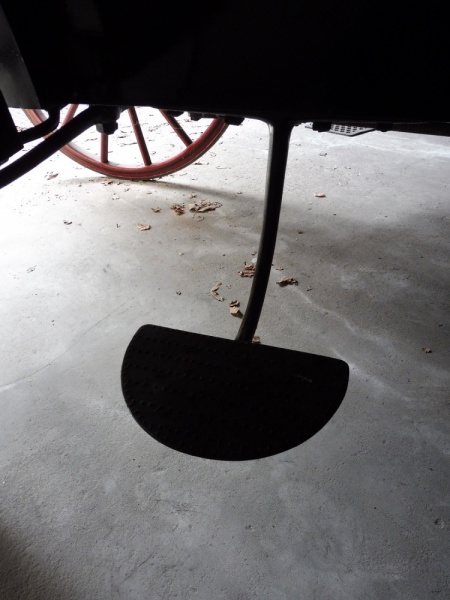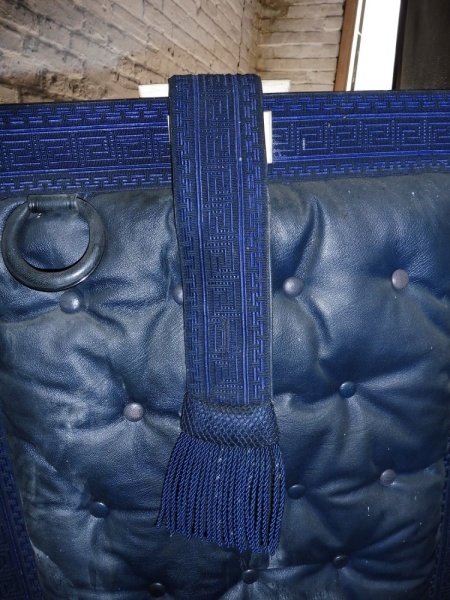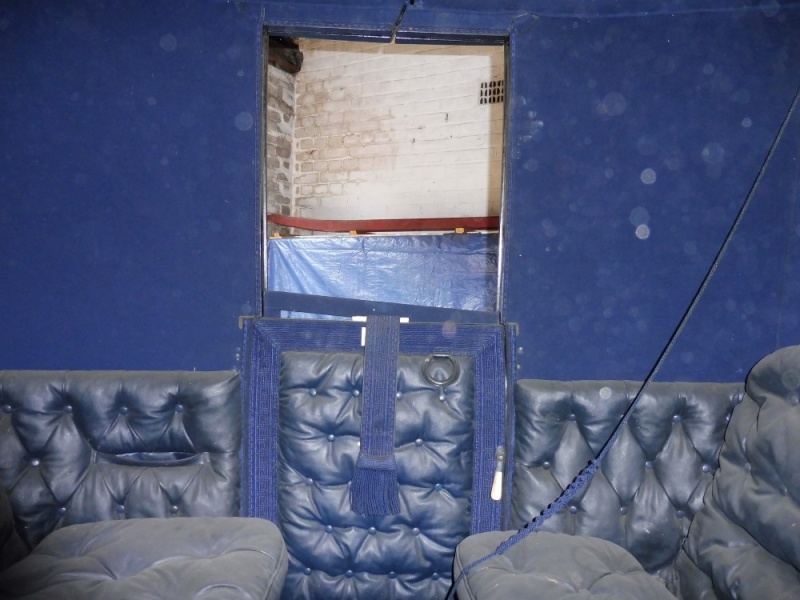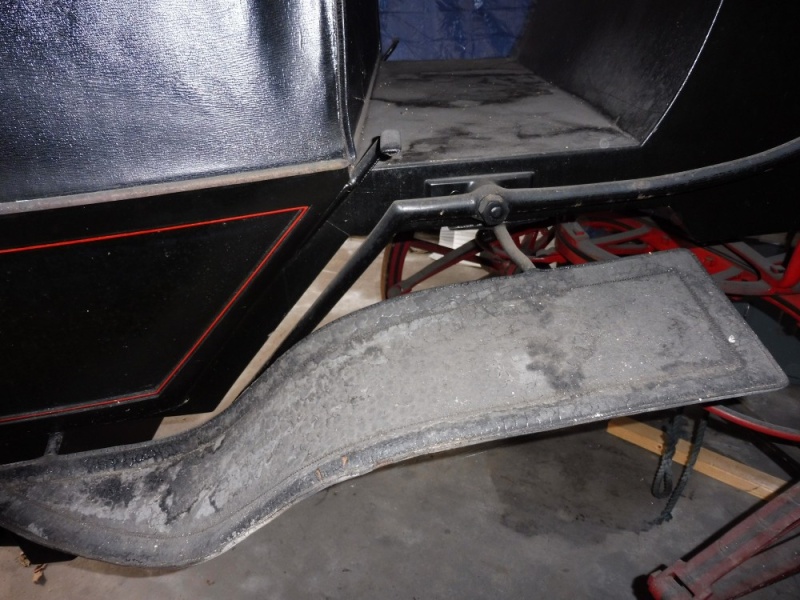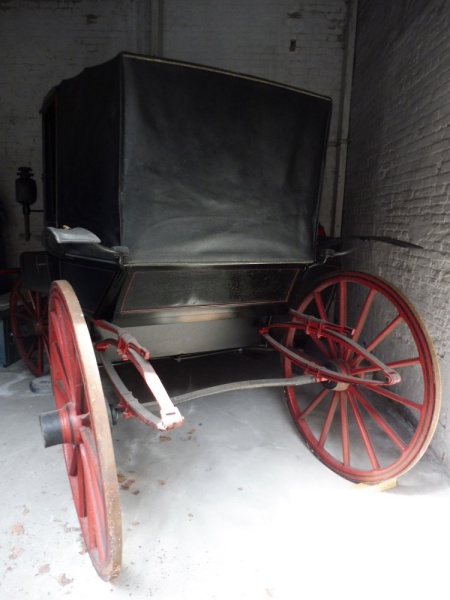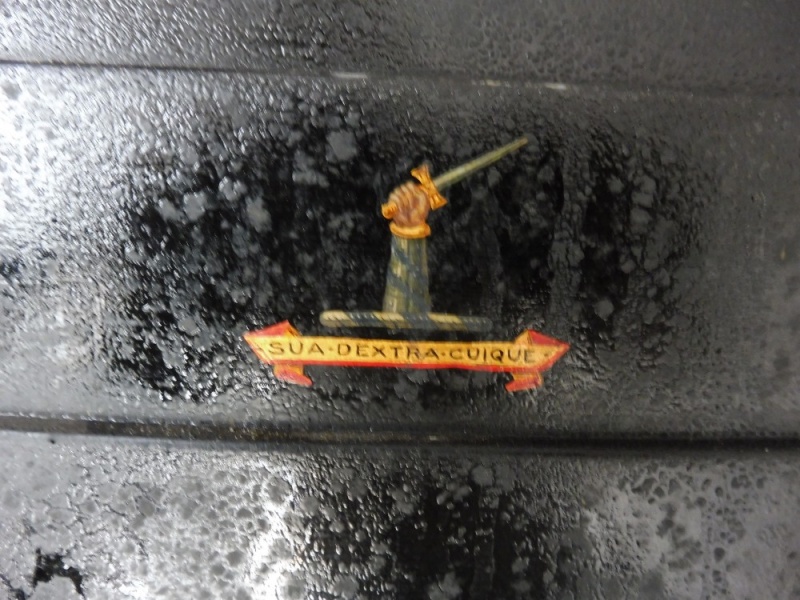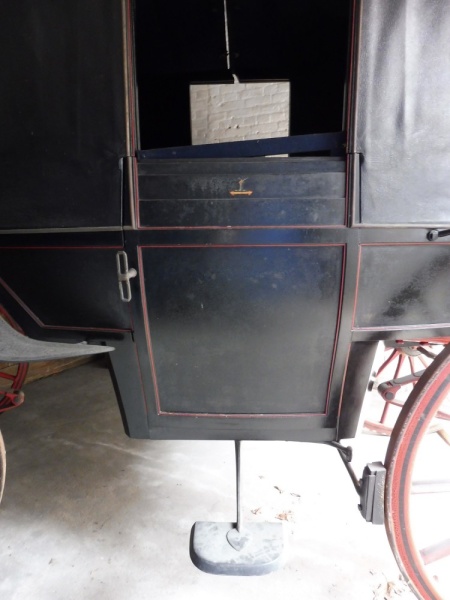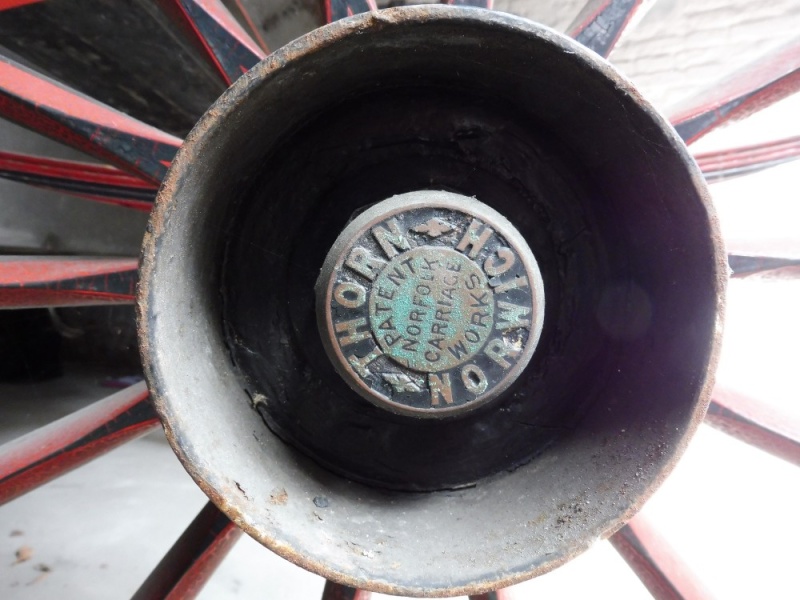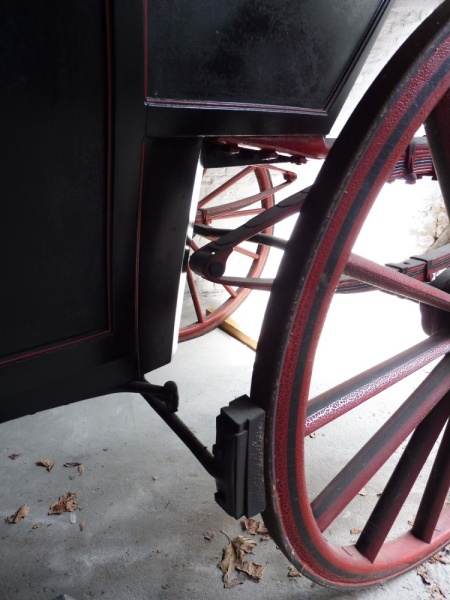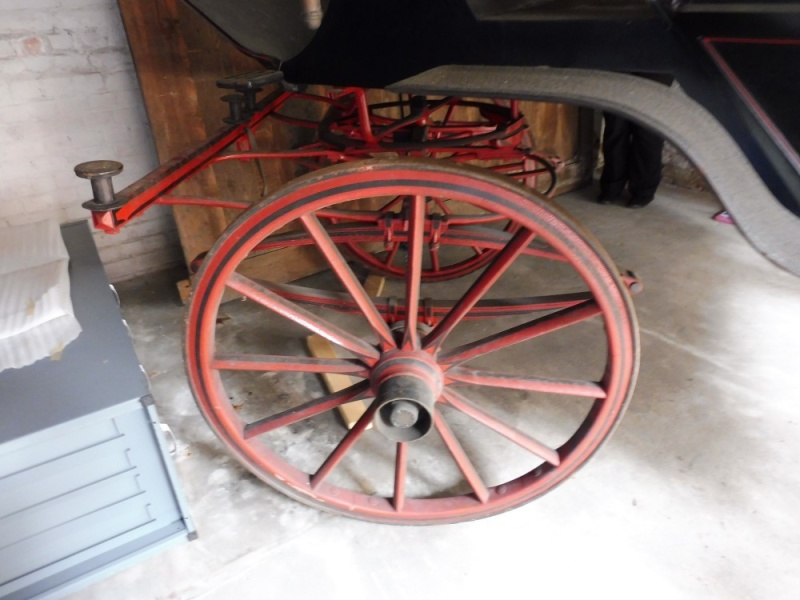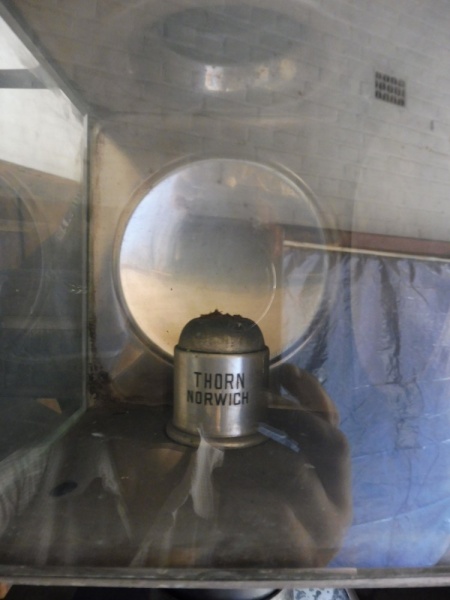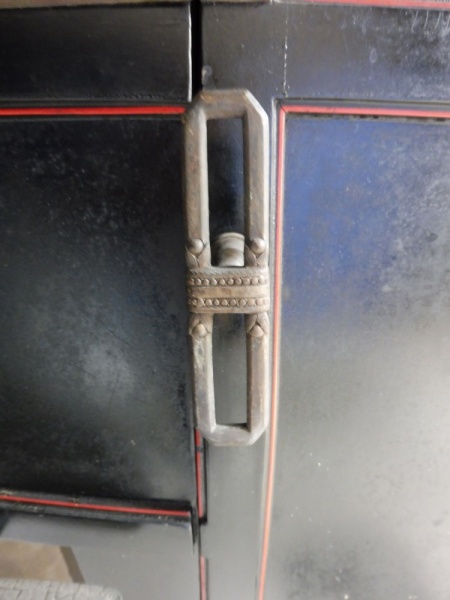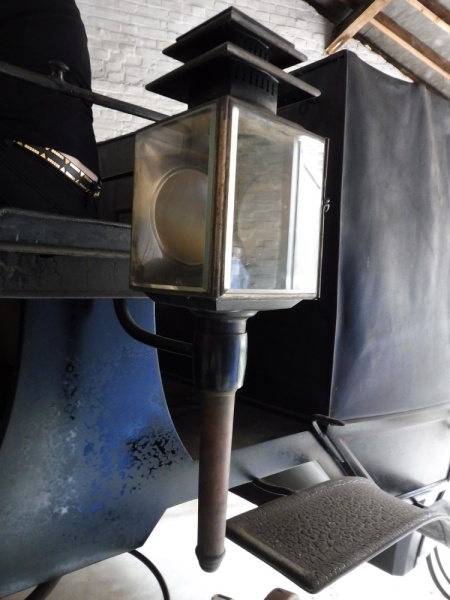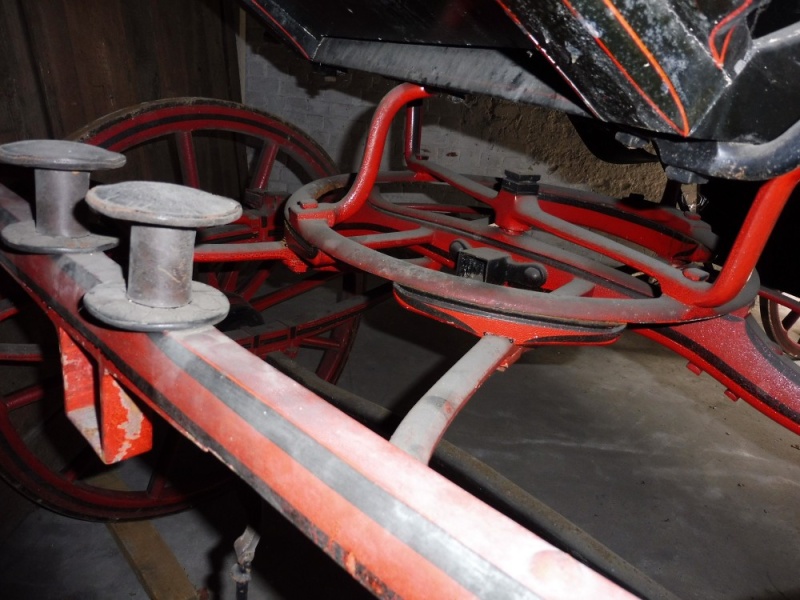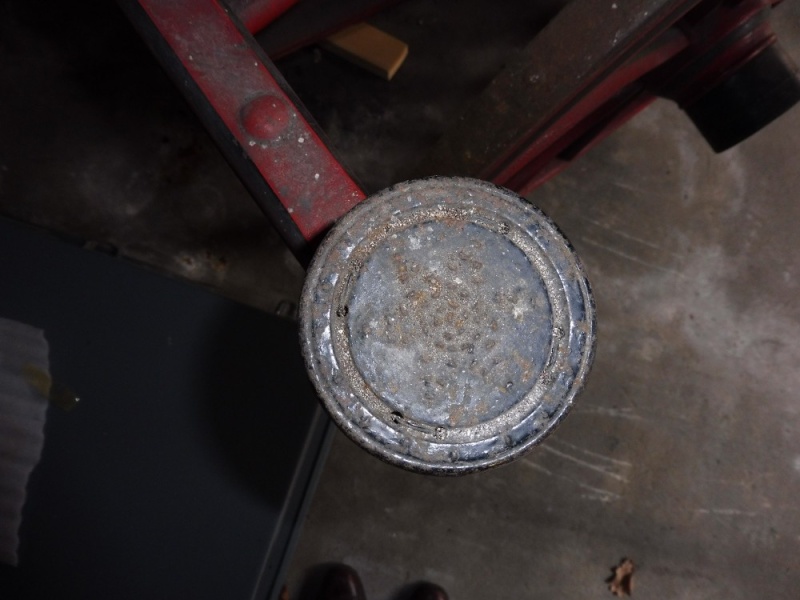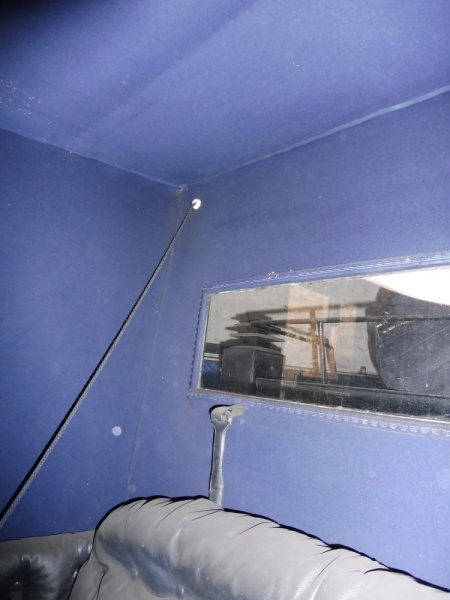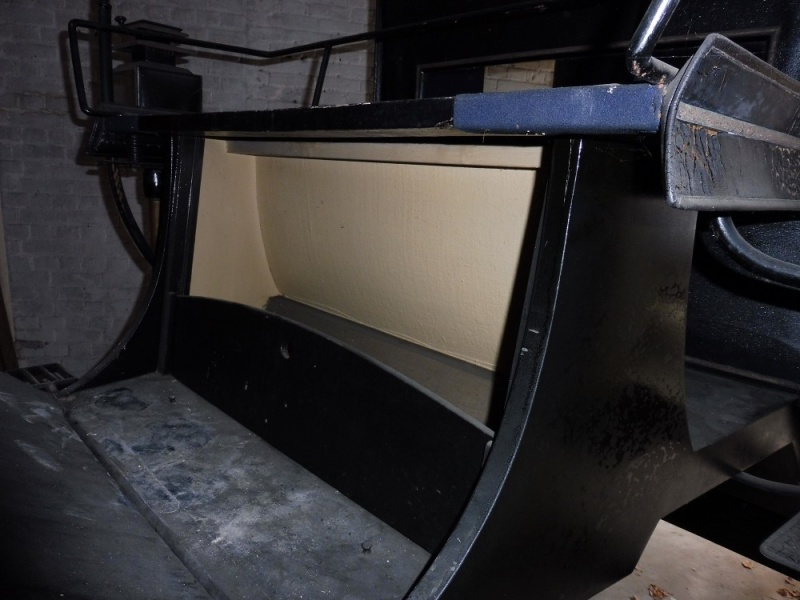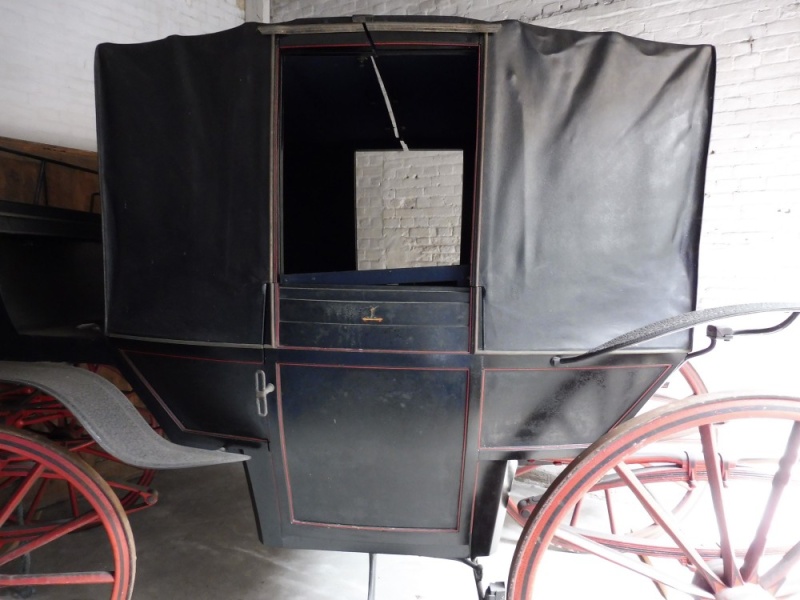Use the dots above to scroll through images.
Listed in 1 collection
Listed at 1 museum
Listed for 1 maker
Quick Details
Carriage Type
Shelburne Landau
Date of Production
1880's
Accession or Inventory Number
1938.147
Materials used
Paint, Wood, Iron, Leather, Wool Box Cloth, Bone, BrassSummary of Shelburne Landau
An example of a Shelburne Landau for a pair of horses with an angular profile, leather hood and sprung on elliptic springs. It is painted black with a red undercarriage and black lining. Made by Thorn of Norwich. It is not particularly rare or unusual but it retains all of the original paintwork and is in fair condition. The carriage currently resides in a coachhouse very close to where it was built.
At the start of the nineteenth century landaus were big heavy carriages, open versions of the contemporary coaches. Later in the century, when many more people could afford to own carriages, everyday carriages became smaller and lighter. A successful professional family who could afford to employ a coachman would very likely own a brougham, a closed carriage for bad weather and night-time use, and a victoria, an open carriage for use in fine weather. This was an ideal combination but, if they owned a landau, they only needed one carriage for both uses because, with the head raised, it was a closed four seat carriage, but it could be quickly and easily converted to an open carriage simply by lowering the head. Several different styles of everyday landaus were developed. The canoe landau was obviously so named because it has a canoe-shaped body. If a canoe-bodied landau was so small that it could be pulled by one horse it was called a Sefton landau, after the Earl of Sefton for whom the first one was built, and it was considered a breakthrough for a landau to be so small at that time. If the body had an angular profile and a deep foot well it was called a Shelburne landau, after the Earl of Shelburne who had the first of that pattern built. Early landaus had head joints, the hinged stays visible outside the leather of the head, which kept it tightly stretched, but a servant had to get down to raise or lower the head. Many types of head lifts were later developed, spring-assisted mechanisms that were fitted between the head leather and the fabric head cloth ‘which facilitate the closing and opening of the heads, almost as simple in action as the opening or closing of an umbrella or a parasol’ as the celebrated carriage builder G. N. Hooper wrote in 1890.
Dimensions
Height: 6ft 7"
Length: 10ft 4"
Width: 5ft 4"
Front wheel diameter: 3ft 2"
Rear wheel diameter: 3ft 9"
Full description
The standard angular body of a Shelburne Landau with a deep footwell. The folding head has had its original leather replaced. Single seat rails surround the coachman’s seat with a leather valance and brass beading. Under the seat is a storage area with a removable board to keep items within the space. The panels of the body have painted wood beading around the edges which softens the angular profile of this carriage. Splashguards, retaining their original leather, are fitted above the front and rear wheels. The wheels are 12 and 14 spoke English pattern wheels with iron tyres on collinge patent axles.
The open futchell forecarriage is of a light build with elliptic springs. The four roller bolts on the splinter bar have a cast iron top with a star design. A pin to secure the pole is attached with a leather strap. The rear of this Landau is again of a light construction. Both axles are slightly compassed upwards. On the dumb irons at the rear of the carriage are holes which suggest that there may have been a board or a step attached in the past. A lever handbrake is fitted to the rear wheels with the handle at the coachman’s seat.
The doors are hung on concealed hinges with brass ‘skeleton’ T bar handles on the exterior and bone and brass handles on the interior. The nearside sliding window is still in situ and has a blue velvet covering to its frame, the offside window is missing. A long rectangular window is situated in the back of the folding head. An iron step is fixed at the door on each side with a semi-circular jagged tread. The covers for these steps is attached to the bottom of the doors. A rectangular jagged tread is fitted to either side of the footboard for the coachman and groom to access the seat.
Lamp brackets are fitted to the coachman’s seat and hold lamps made by Thorn of Norwich, the original for this carriage. They are oil fuelled, have square lights and two tier chimney’s.
The body of this Landau is painted black with red lining. The undercarriage is in red with black lining. All of the paintwork is original. A hand clasping a sword with the motto SUA DEXTRA . CUIQUE is on each of the door panels. Blue box cloth covers the cushions on the coachman’s seat. Inside the once leather interior has been replaced with a very dark grey faux leather. The original blue broadlace and seaming lace has been retained and has a Greek key pattern. The lining of the hood is in a blue wool cloth and is fairly modern. Blue carpet on the floor, also modern. A cord to enable the passengers to alert the coachman is fitted to the interior. The interior furniture consists of hood catches in brass and toggles and door handles in bone.
Inscriptions
On the axle caps: THORN + NORWICH +PATENT NORFOLK CARRIAGE WORKS
On the lower door panels: SUA DEXTRA . CUIQUE family crest of a hand clasping a sword
Condition report
This landau retains its original external paintwork. With the exception of the broadlace and seaming lace the interior has been replaced as has the leather head. The undercarriage and wheels seem to be sound if a little stiff when moved (undercarriage). There is a good air flow in the coachhouse and as a result there is no sign of mould or moth.
Access information
This Shelburne Landau is currently in the care of Norfolk Museum Service.
Norfolk Museum Service
Shirehall
Market Avenue
Norwich
NR1 3JQ
01603 493625
Picture credit
Amy Bracey

 Carriage Foundation
Carriage Foundation